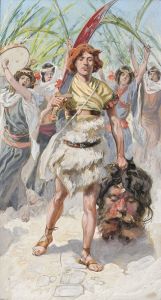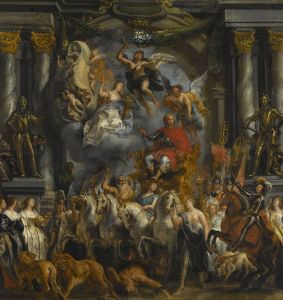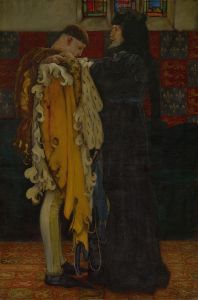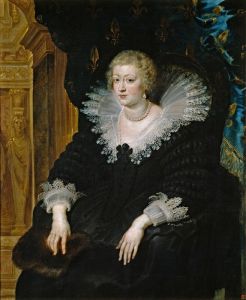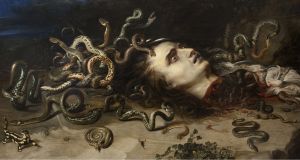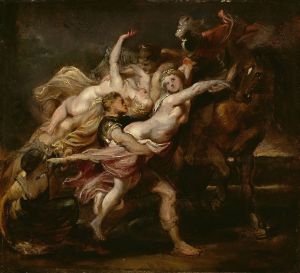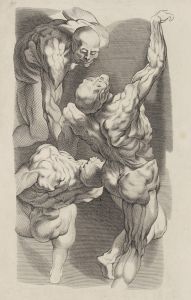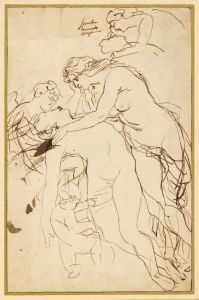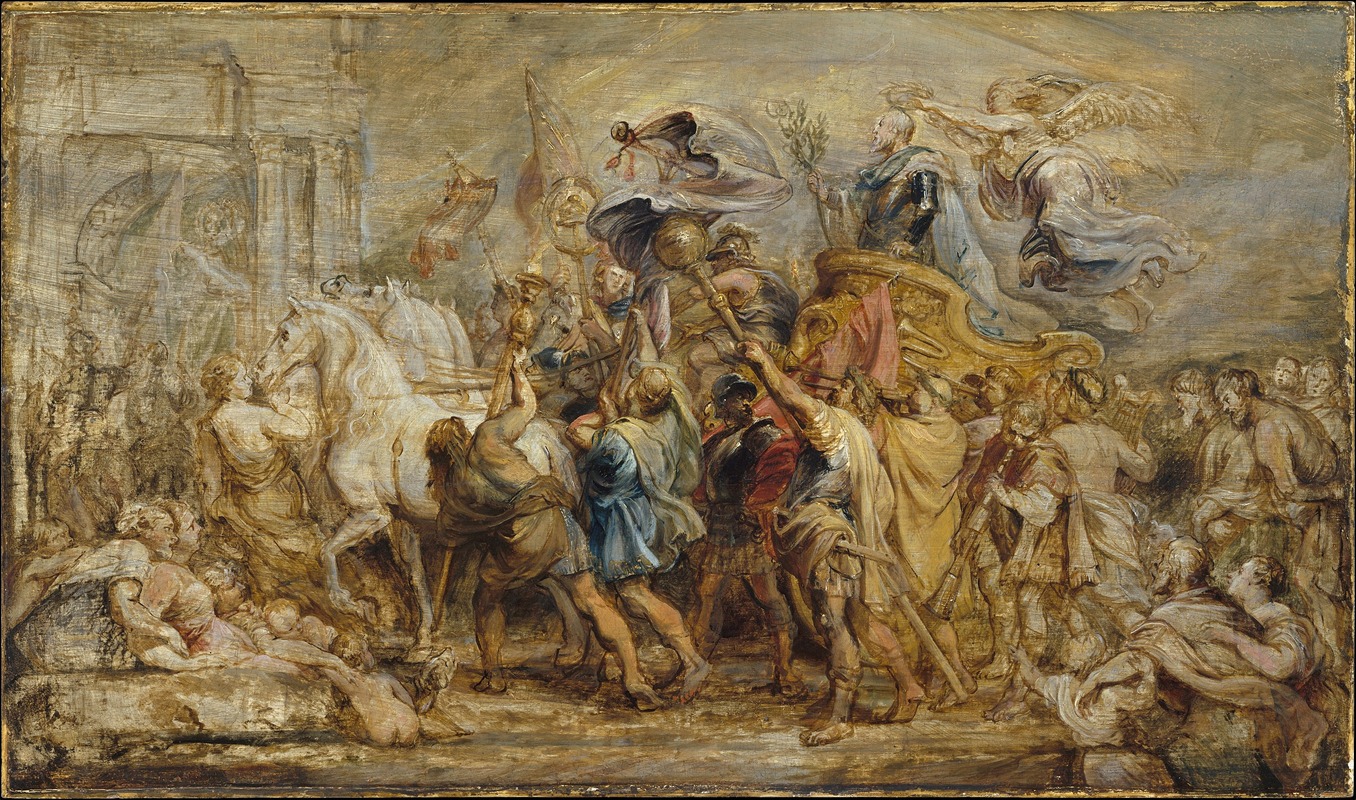
The Triumph of Henry IV
A hand-painted replica of Peter Paul Rubens’s masterpiece The Triumph of Henry IV, meticulously crafted by professional artists to capture the true essence of the original. Each piece is created with museum-quality canvas and rare mineral pigments, carefully painted by experienced artists with delicate brushstrokes and rich, layered colors to perfectly recreate the texture of the original artwork. Unlike machine-printed reproductions, this hand-painted version brings the painting to life, infused with the artist’s emotions and skill in every stroke. Whether for personal collection or home decoration, it instantly elevates the artistic atmosphere of any space.
Peter Paul Rubens, a prominent Flemish Baroque painter, is renowned for his dynamic compositions and vibrant use of color. One of his notable works, "The Triumph of Henry IV," is part of a series of paintings commissioned to celebrate the life and achievements of King Henry IV of France. This series was intended to glorify the reign of Henry IV and was commissioned by his widow, Marie de' Medici, for the Luxembourg Palace in Paris.
"The Triumph of Henry IV" is a testament to Rubens' ability to blend historical narrative with allegorical elements, a characteristic feature of Baroque art. The painting is part of the larger Marie de' Medici cycle, which consists of 24 paintings that depict various episodes from the life of Marie and her husband, Henry IV. This cycle was completed between 1622 and 1625 and is now housed in the Louvre Museum in Paris.
In "The Triumph of Henry IV," Rubens employs a rich palette and dynamic composition to convey the grandeur and significance of Henry IV's achievements. The painting likely depicts a scene of victory or celebration, capturing the essence of triumph through the use of allegorical figures and symbolic imagery. Rubens often included mythological and allegorical figures in his works to convey deeper meanings and to elevate the status of his subjects.
Rubens' mastery in portraying human figures and his ability to convey emotion and movement are evident in this work. The figures are rendered with a sense of vitality and dynamism, characteristic of Rubens' style. The use of light and shadow enhances the three-dimensionality of the figures, adding to the dramatic effect of the composition.
The Marie de' Medici cycle, including "The Triumph of Henry IV," is significant not only for its artistic merit but also for its historical context. The series was created during a time when Marie de' Medici sought to solidify her political position and legitimize her regency in France. By commissioning Rubens, one of the most celebrated artists of the time, she aimed to immortalize her husband's legacy and her own role in the French monarchy.
Rubens' work on the Marie de' Medici cycle, including "The Triumph of Henry IV," is a prime example of how art was used as a tool for political propaganda and personal aggrandizement during the Baroque period. The paintings reflect the opulence and grandeur of the time, as well as the complex interplay between art, politics, and power.
Overall, "The Triumph of Henry IV" exemplifies Rubens' skill in combining historical narrative with allegorical elements, creating a work that is both visually stunning and rich in meaning. The painting remains an important piece within the Louvre's collection, offering insight into the artistic and political landscape of early 17th-century Europe.





